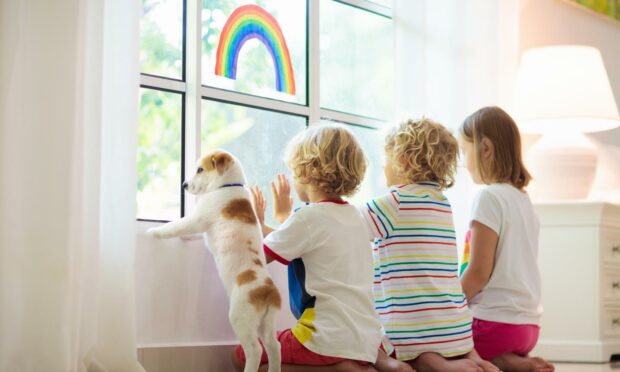On Sunday, we marked World Mental Health Day.
It’s an opportunity to talk about mental health, how we need to look after it and how important it is to get help if we are struggling. The past 18 months have been a particularly challenging time, especially for young people.
Children have spoken to our Childline counsellors about the impact of lockdowns and school closures on their mental and emotional health.
It is so important that young people receive help to work through what they are feeling, and are supported to get better
Some have felt anxious and overwhelmed because of worries, such as the health of family members and getting behind in school work. And some have suffered from low mood and felt isolated, while being cut off from support networks and from family and friends.
Now, they are having to readjust to being back at school but in an environment that has changed because of the pandemic. And some will be dealing with the impact of traumatic experiences, such as bereavement.
There is no ‘one size fits all’ remedy
It is so important that young people receive help to work through what they are feeling, and are supported to get better.
Our Childline service is here for all children and young people, to listen and provide support for whatever difficulties they face.
Also, the Childline website is a useful resource. A popular area for anyone in need of some guidance is the Calm Zone, whether they are a parent supporting a child or a child needing help with their mental health. This section offers activities, tools, games, videos and breathing exercises that are simple to understand and can help improve a child’s mental health.
As with all mental health issues, we understand that there’s no “one size fits all” remedy, so our experts have included a huge variety of techniques and tips for children and young people to experiment with and see what works best for them.
One great tip is for young people to write a letter or note to themselves on a day when they are feeling happy, and save it to look back at when they’re feeling low or anxious. It reminds them that they do have better days, and can include details of what they can do to feel that way again.
Other advice can be as simple as changing their surroundings to alter the way they feel, perhaps by going for a walk in the fresh air or sitting in a room with a window.
Children and young people can contact one of our Childline counsellors on 0800 1111 or visit childline.org.uk for help and advice.
Adults concerned about the welfare of a child can call the NSPCC helpline on 0808 800 5000 or visit nspcc.org.uk.
Gail Sayles is NSPCC Scotland local campaigns manager
